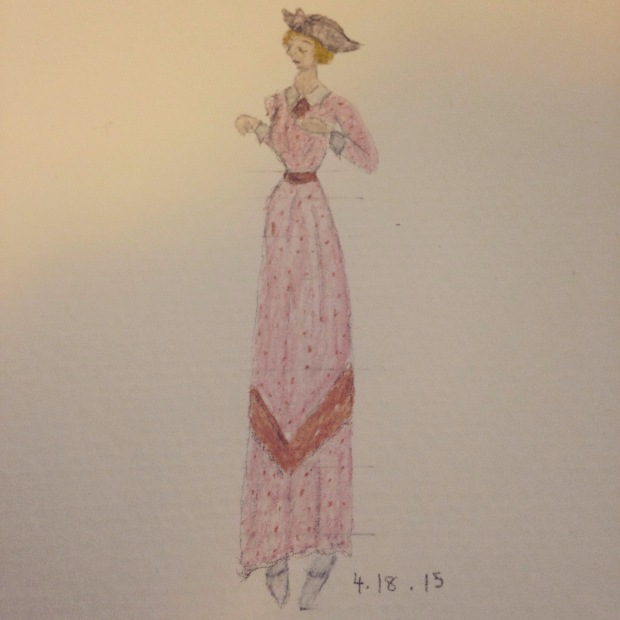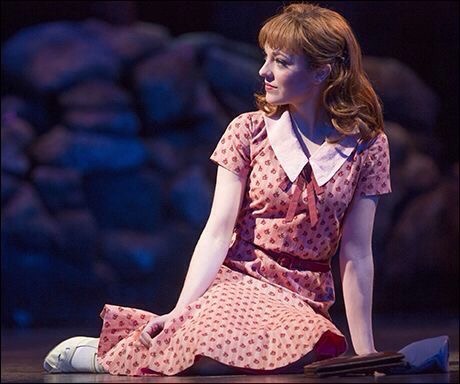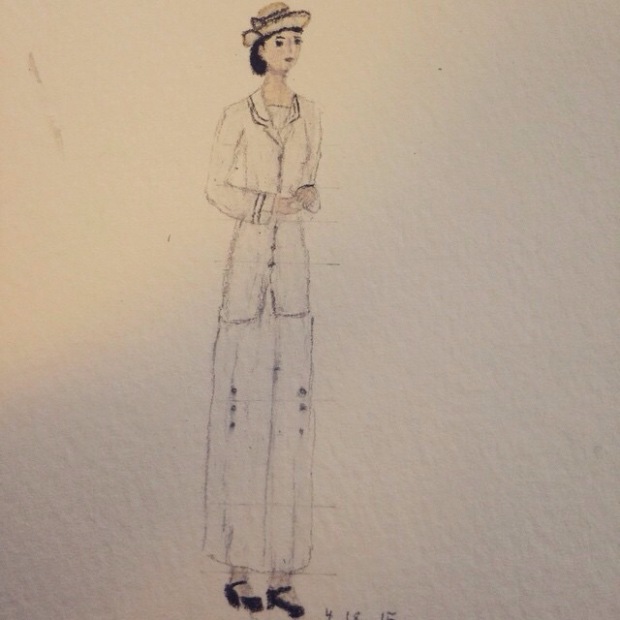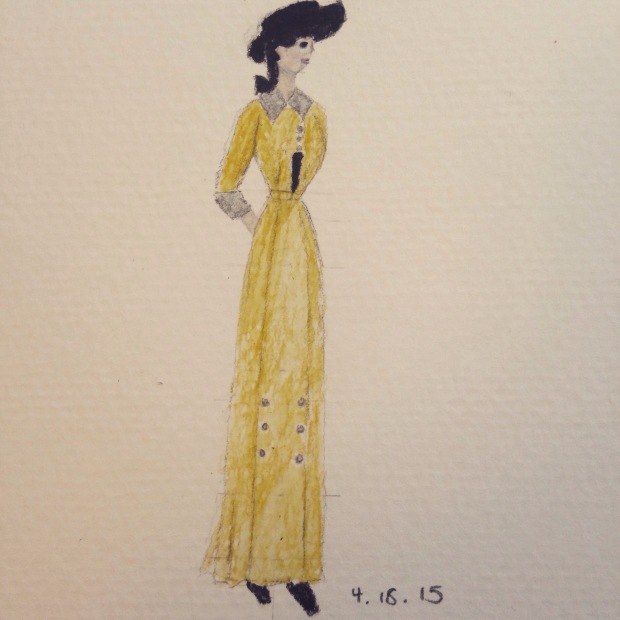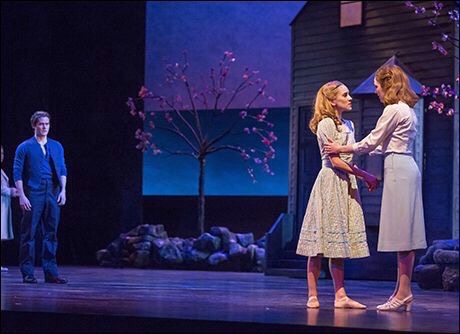
Wednesday night, I decided to show my room mate Jasmine the film version of one of my favorite musicals, Rodgers and Hammerstein’s Carousel. Strangely, I do not like Rodgers and Hammerstein musicals that much, with Carousel and Cinderella being notable exceptions, and prefer more contemporary musicals but there is something about Carousel which struck me when I first watched it.
I first watched the 1956 film version starring Gordon MacRae and Shirley Jones when I was in Middle School, but a couple of years ago, I decided to go back and watch it again after hearing there was to be an off-Broadway production of Carousel starring Laura Osnes, one of my favorite musical theater actresses. The story and music have a bittersweet, haunting quality which was perhaps what had first struck me. Carousel’s score contains some of what is considered Rodgers and Hammerstein’s best music, specifically the songs If I loved You and You’ll Never Walk Alone and the calyopy-esque waltz which serves as the main musical theme.
The plot involves Billy Bigelow (Gordon MacRae), a barker for a carousel, which gives the musical its name, and tough talking lady’s man who falls in love with Julie Jordan (Shirley Jones), an innocent young girl who works at a nearby cotton mill. The two get married but this causes Billy to be fired from his job by his jealous employer, Mrs. Mullin. Frustrated by his unemployment, Billy begins to become abusive towards Julie but decides to clean up his act when she announces that she is pregnant. That is, after he obtains money to support his wife and child by getting involved with a robbery on Julie’s former boss. Billy is accidently killed during the robbery and ends up in purgatory, where he spends the next fifteen years atoning for his sins: his cruelty towards Julie and his abandonment of her and their child. He is given an opportunity to return to earth to make amends with Julie and their teenaged daughter, Louise.
One of the best parts of the film are the performances of its two lead actors, Gordon MacRae and Shirley Jones. MacRae’s impressive singing chops are part of what sell him in the part of Billy Bigelow; he allows the audience to see beyond the character’s tough guy facade and see Billy’s insecurity and vulnerable. A casual viewer might dismiss Jones’s Julie as a weak-willed, doormat heroine but her performance has a quiet sort of dignity. There is something almost noble in her devotion to Billy.
A common criticism of Carousel is that it romanticizes and condones domestic abuse in how Billy’s abusive tendencies are a bit too easily excused by his feelings of unhappiness and frustration. In the play’s defence, Billy’s treatment of Julie is not shown as something that is okay; it is the mistake that he has to spend fifteen years atoning for in purgatory. But that plot point is a bit too romanticized and clumsily handled.
A criticism I have with the film version is that some of dance sequences, as impressive as they are, run a little long and should have been cut down for the medium of film. But despite this, one of my favorite scenes is a dance number: the Sea Ballet scene with Susan Luckey as Louise.
Jasmine also enjoyed Carousel but we had to stop it halfway through because her mom told her that American Horror Story was on. She regretted this because in her opinion the premise of this season of AHS is stupid. Thursday night we finally got to finish the movie.
